U.S. Residential Power Outages Are Increasing – Are You Prepared?

The Growing Challenge of Power Outages
Over the past decade, our dependence on reliable electricity has skyrocketed. We work from home, stream entertainment, and power an ever-expanding array of smart devices. Yet, power outages are happening more often, lasting longer, and affecting more and more homes. If you feel like the U.S. electricity grid is becoming less reliable, you're absolutely right.
What's Causing More Power Outages?
The U.S. electricity grid is aging and underfunded, while demand is increasing at an unprecedented rate. Here's why:
- Rising Electricity Demand: The rapid electrification of homes (EVs, heat pumps, appliances) plus the AI data center boom has driven electricity demand growth from 0.54% per year (2000–2023) to 1.64% per year (2023–2050)—a tripling in demand growth rate.
- Insufficient Generation Growth: Power generation capacity isn't keeping up. While demand growth is rising, electricity generation growth is actually slowing from 1.78% (2000–2023) to 1.51% (2023–2050).
- Aging Transmission & Distribution Infrastructure: 70% of U.S. transmission lines are over 25 years old, and grid upgrades haven't kept pace with population growth or renewable energy expansion.
- More Extreme Weather Events: Wildfires, hurricanes, heatwaves, and winter storms are more frequent and severe—damaging infrastructure and forcing utilities to shut off power for safety reasons.
- More Renewable Energy = More Instability: While solar and wind power have grown from nearly 0% in 2000 to 25% of total capacity today, they're intermittent, requiring grid-scale storage and better transmission connections that don't yet exist.
The result? More blackouts, more uncertainty, and more frustration for homeowners.
Sources:
📌 EIA - FAQs: U.S. Electricity Generation
📌 NREL - 2023 Standard Scenarios Report
📌 EIA - Electric Power Annual
The Hard Facts: Power Outages Are Getting Worse
Recent data from the U.S. Energy Information Administration (EIA) confirms that U.S. households are losing power more often and for longer periods than ever before:
Power Outage Trends (2018–2022)
| Year | Avg. Outage Duration, Minutes | Avg. Outages per Year |
|---|---|---|
| 2018 | 181 | 1.1 |
| 2019 | 218 | 1.1 |
| 2020 | 258 | 1.2 |
| 2021 | 336 | 1.4 |
| 2022 | 335 | 1.4 |
What this means for you:
- The average U.S. home lost power for nearly 6 hours in 2022—double the outage time in 2018.
- The number of outages per household also increased by 27%.
And this trend is only getting worse.
Sources:
📌 EIA - Annual Electric Power Industry Report
📌 EIA - Electric Power Annual
U.S. Transmission & Distribution: A Network Under Stress
Electricity must travel from power plants (generation) → through high-voltage transmission lines → through distribution networks before reaching homes. The problem?
- The U.S. transmission system was built between the 1900s–1970s. Most of it is aging and needs major upgrades.
- There's little interconnection between regions—meaning surplus energy in one area can't be shared with another area that has shortages.
- The rise of Public Safety Power Shutoffs (PSPSs): Utilities intentionally shut off power during extreme weather to prevent wildfires.
Regional Transmission Operators & Independent System Operators
The U.S. grid is controlled by seven regional transmission operators (RTOs) and independent system operators (ISOs):
| Operator | Region |
|---|---|
| CAISO | California & parts of Nevada |
| ERCOT | Most of Texas (isolated grid) |
| ISO-NE | New England states |
| MISO | Midwest & Southern U.S. |
| NYISO | New York State |
| PJM | Mid-Atlantic & parts of the Midwest |
| SPP | Great Plains & Southwest |
The problem? Limited interconnections between these grids mean that surplus power from one region can't easily be shared with another experiencing shortages.
Source:
📌 FERC - Regional Transmission Planning Study
What Can Homeowners and Renters Do?
With increasing power outages, an aging grid, and rising energy demand, the best way to protect your home or apartment is with backup power.
Why Backup Power is Now Essential
- Keep your family safe & comfortable during unexpected blackouts.
- Ensure vital devices stay powered—including medical equipment, internet, and appliances.
- Avoid food spoilage, lost work hours, and home security failures.
- Peace of mind knowing you're prepared—even when the grid isn't.
Backup Power Solutions will be explored further in a separate article.
The Bottom Line: Power Outages Will Keep Increasing
- 📢 The U.S. grid isn't keeping up. Outages are happening more often, lasting longer, and affecting more homes.
- 📢 Electricity demand is surging, while grid upgrades are lagging behind.
- 📢 Renewable energy growth is great—but requires more storage & transmission solutions.
- 📢 Investing in a backup power system is the best way to protect your home and family.
Don't wait for the next blackout—be prepared today! ⚡🔋
U.S. Power Outage & Grid Data Sources
| Topic | Source | Link |
|---|---|---|
| Power Outage Trends | EIA - Annual Electric Power Industry Report | eia.gov/electricity/data/eia861 |
| Electricity Demand Growth | EIA - FAQs: U.S. Electricity Generation | eia.gov/tools/faqs/faq.php?id=427&t=3 |
| Electricity Generation Growth | NREL - 2023 Standard Scenarios Report | nrel.gov/docs/fy24osti/87724.pdf |
| Electricity Generation Mix (2000-2023) | EIA - Electric Power Annual Reports | eia.gov/electricity/annual |
Ready to be prepared for the next power outage? Check out our Power Calculator to find out what battery power station you need!